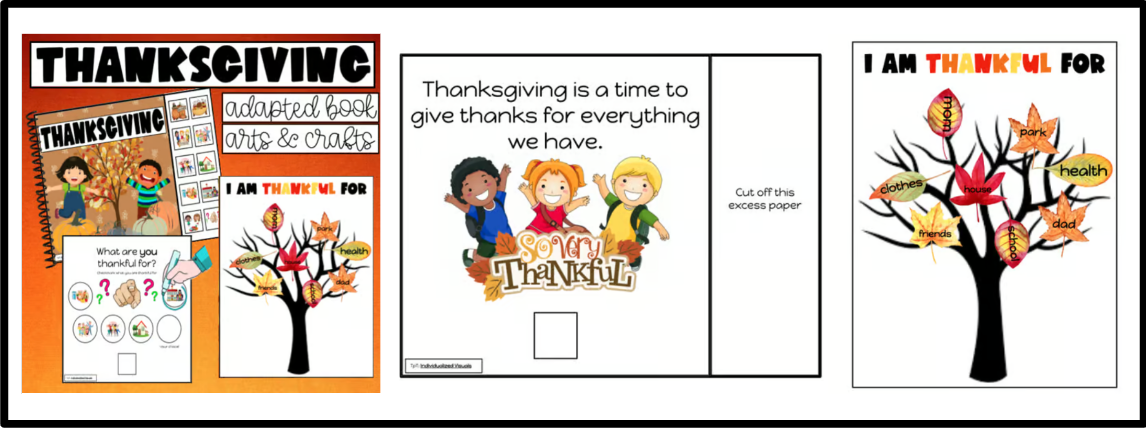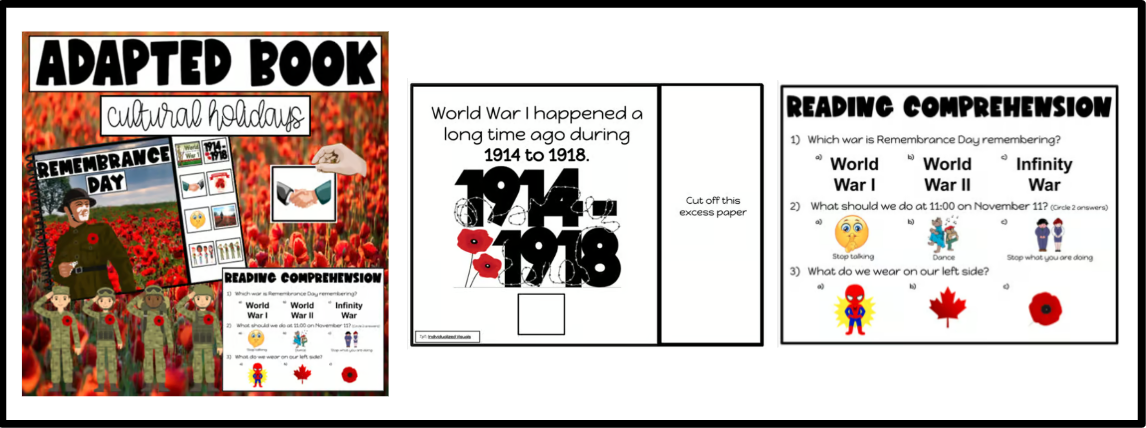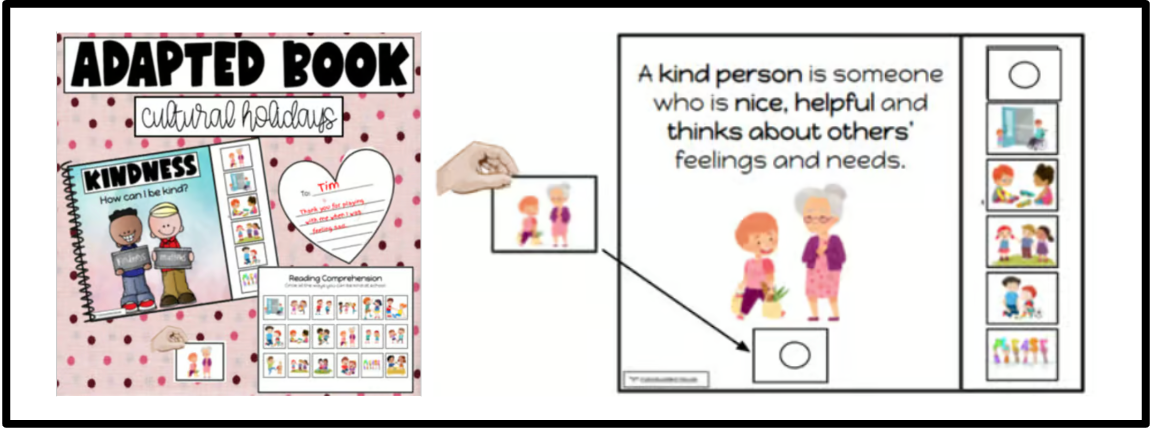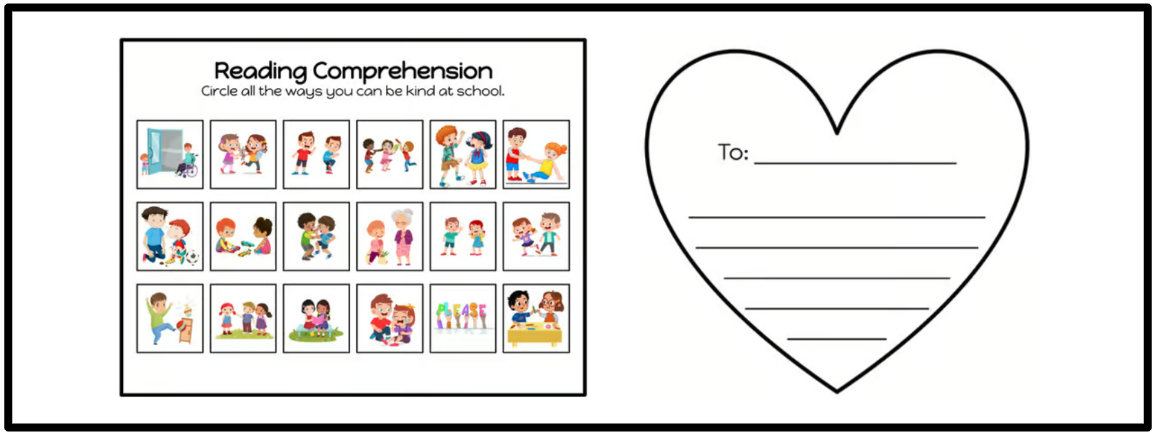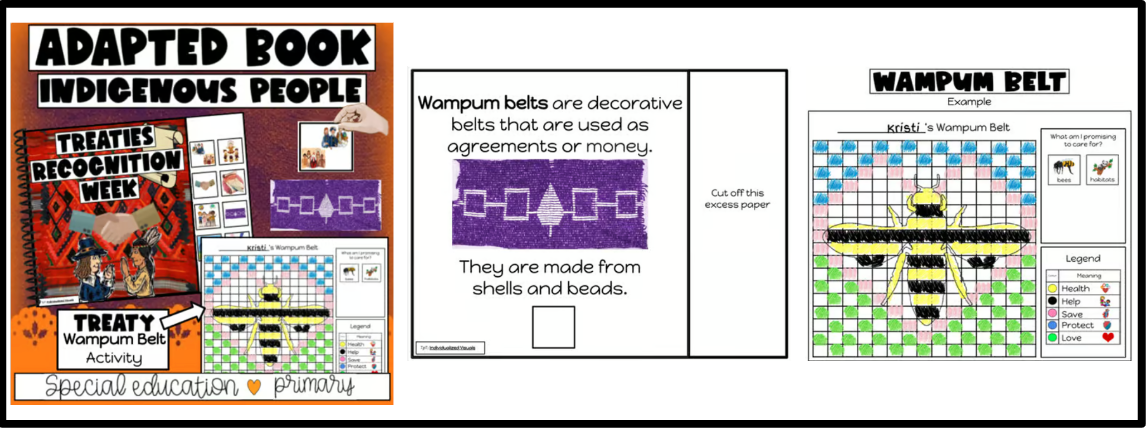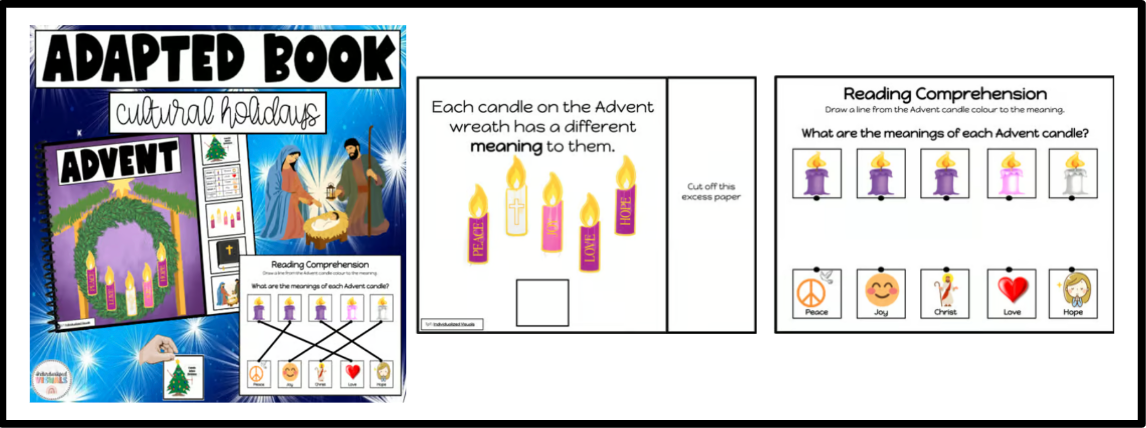November Holidays & Celebrations
Why teach students about different cultural holidays?
It is crucial to teach students about different cultural holidays for several reasons. First and foremost, it fosters a sense of cultural awareness and respect, helping students appreciate the diversity that enriches our society. By learning about various holidays celebrated by different cultures, students gain insights into the traditions, values, and histories of others, ultimately promoting tolerance and empathy. Moreover, it encourages open-mindedness and reduces stereotypes and biases, as students develop a more comprehensive understanding of the world around them. Furthermore, education about cultural holidays can serve as a bridge for cultural exchange and dialogue, enhancing social cohesion and fostering a sense of unity among diverse communities. Ultimately, teaching students about different cultural holidays contributes to a more inclusive, harmonious, and interconnected world.
The key is just educate, support and build and understanding, without imposing beliefs that they may not practice.
November Holidays & Celebrations
The major November holidays that I will be covering are…
Thanksgiving
Thanksgiving is an annual holiday celebrated in the United States and Canada, typically observed on the fourth Thursday of November in the U.S. and the second Monday in October in Canada. It has historical roots in the early interactions between Native Americans and European settlers, symbolizing a shared meal of gratitude for the autumn harvest. It is a day to show our thanks and appreciation to what we have.
It is important to teach children about Thanksgiving in school because it offers a valuable opportunity to impart important lessons about history and appreciating what they have and understanding the perspective of others. It is essential for children to talk about what they are thankful for because this practice cultivates a positive and grateful mindset that can benefit their overall well-being. Expressing gratitude not only helps children acknowledge the positive aspects of their lives but also fosters a sense of contentment and happiness. When children discuss what they are thankful for, it encourages them to focus on the abundance rather than scarcity, promoting a healthier perspective on life. Moreover, such conversations reinforce the value of relationships and the support they receive from family and friends, nurturing stronger bonds and empathy.
Thanksgiving Activities for Special Education
Thanksgiving Art: Centered on "What we are thankful for". It includes
2 tree templates: 1 tree is plain and the other one is white that can be coloured by students.
Leaf templates: Blank for students to write the words inside
Leaf templates with ideas: For students to select and colour
Thanksgiving Adapted Book: This book explains Thanksgiving traditions and reasons to be thankful
Remembrance Day
Remembrance Day, observed on November 11th in many countries, including the United Kingdom, Canada, and other Commonwealth nations, is a solemn day to honor and remember the men and women who sacrificed their lives in the service of their countries during times of war and conflict. It marks the end of World War I but has since evolved to encompass honoring all veterans and those who have lost their lives in subsequent conflicts.
Teaching children about Remembrance Day in school is essential for several reasons. Firstly, it ensures that younger generations grasp the significance of the sacrifices made for the freedoms and peace they enjoy today. It imparts a sense of gratitude and respect for veterans and their families. Secondly, Remembrance Day serves as a poignant reminder of the devastating consequences of war and the importance of pursuing peaceful resolutions to conflicts. By learning about this day, children are encouraged to advocate for peace and understand the enduring impact of global conflicts. Ultimately, teaching children about Remembrance Day fosters a culture of remembrance, empathy, and a commitment to preserving the values of peace, freedom, and unity.
Remembrance Day Activities for Special Education
Remembrance Day Adapted Book Lesson which covers these topics:
How did World War I start?
When did World War I begin and end?
What is a truce between countries?
What is Remembrance Day?
Why do we recognize Remembrance Day?
Why do we wear poppies?
Where do we wear poppies?
What happens at 11:00 / Moment of Silence?
Thanking the soldiers for their bravery and keeping us safe
Remembrance Day Reading Comprehension Page to assess their learning from the lesson
World Kindness Day
World Kindness Day, celebrated on November 13th, is a global initiative that encourages individuals and communities to engage in acts of kindness and promote goodwill. It serves as a reminder of the importance of compassion, empathy, and understanding in our increasingly interconnected world.
Teaching children about World Kindness Day in school is vital because it imparts the values of empathy, tolerance, and respect for others. It encourages children to practice acts of kindness and demonstrates the positive impact they can have on their peers and communities. Learning about this day fosters a culture of compassion and inclusivity, helping children develop essential social and emotional skills. By emphasizing the significance of kindness, we equip the younger generation with the tools they need to build more harmonious and cooperative societies, ultimately shaping a more compassionate and understanding world.
World Kindness Day Activities for Special Education
Kindness Adapted Book which covers these topics:
What is a kind person
5 ways to be kind at school
Kind Reading Comprehension Page
There is a mix of pictures of unkind actions and kind actions. Students can circle all the ways someone can be kind at school.
Kind Challenge Art & Literacy Activity
Students can write a Kindness heart to a special person who has been a good friend, helped them or exhibits kind behaviour.
Students can decorate the heart and give it to the person
Indigenous Treaties Recognition Week
Indigenous Treaties Recognition Week is a dedicated time, often observed in various regions or provinces, to honor and acknowledge the treaties that were historically made between Indigenous peoples and the colonial governments or settlers. These treaties played a fundamental role in shaping the relationship between Indigenous nations and the Canadian or American governments, granting certain rights and responsibilities to both parties.
Teaching children about Indigenous Treaties Recognition Week in school is crucial because it contributes to a more accurate and respectful understanding of Indigenous history and their ongoing contributions to society. It helps children recognize the significance of these agreements in building the foundations of our nations and appreciates the unique cultures, traditions, and land rights of Indigenous communities. By learning about the treaties and their implications, students can foster respect, empathy, and reconciliation, contributing to the process of healing and reconciliation between Indigenous and non-Indigenous peoples. This education is a vital step toward creating a more inclusive, just, and harmonious society for future generations.
Indigenous Treaties Recognition Week Activities for Special Education
Adapted Book on Treaty Recognition Week that covers the following topics:
Simplified definition of what is a nation
Simplified definition of what is a treaty
Explanation of how "We are all treaty people"
Our promise to the Indigenous people
What is a wampum belt
What does a wampum belt represent
What can we promise as treaty people
Wampum Belt Literacy & Art Activity
Instructions about how to make our own Wampum Belts about our promise as treaty people
Step by step instructions and Visuals to assist in creating a wampum belt
Choose what you want to care for (ex. Land, animals, water, etc)
Shape of the wampum belt design
Colours of the wampum belt
Meanings of each colour in the wampum belt
Wampum Belt template (Some students can write their personal choices for the wampum belt themselves OR they can cut and paste from the options provided). Then students will colour and create their own unique design that represents their promise to the land.
Advent
Advent is the period of four weeks leading up to Christmas, observed in many Christian traditions as a time of anticipation, reflection, and preparation for the birth of Jesus Christ. It typically begins on the Sunday closest to November 30th and is marked by the lighting of Advent candles, special prayers, and various traditions and rituals.
Teaching children about Advent in school is significant because it provides an opportunity to impart essential values and life lessons. It encourages children to understand the historical and religious significance of Christmas, fostering a deeper appreciation for the holiday beyond its commercial aspects. Furthermore, Advent teaches patience, self-discipline, and the joy of giving, emphasizing the importance of hope, peace, love, and joy in one's life. It also promotes cultural and religious awareness, helping students respect and understand the diverse traditions and beliefs of their peers, ultimately contributing to a more inclusive and tolerant society.
Advent Activities for Special Education
Advent Adapted Book Lesson based on the following topics:
Who celebrates Advent?
How long is Advent?
Advent wreath
Advent wreath candle meanings
When do you light each Advent candle
Traditions celebrated by Catholics or Christians during Advent
- Praying and reading the Bible
- What is the Bible
Most important part of Advent - Birth of Jesus
Advent Reading Comprehension page to assess their learning from the lesson
How to use these adapted books in your class?
This adapted books are based on all the November cultural holidays and religious holidays. They include descriptions why the holiday is celebrated and the traditions that are performed. Students can actively participate by matching the PEC picture with one that matches the page.
There are many uses of this adapted book:
Teacher reading the adapted book in front of the class and students taking turns moving the PECs
Add to your class books set to include diverse cultural holidays and celebrations
Printing the package and each student in the class and assemble it and bring home to parents to show their learning
Students reading the book independently (Especially great for non-verbal students to actively participate in reading the book)
After reading, it can be hung and displayed on bulletin boards among art projects your class has made. Other students around the school and flip through and learn something new about the holiday!
Finding simple ways to celebrate different holidays in the classroom can create a culture of inclusion, acceptance and respect of their peers' different cultures. It is important to educate students at a young age, of what other cultures celebrate even if it is different from their own. The key is just educate, support and build and understanding, without imposing beliefs that they may not practice.
Please comment below if there is another holiday or celebration that I have missed! I want this to be as inclusive as possible :)







